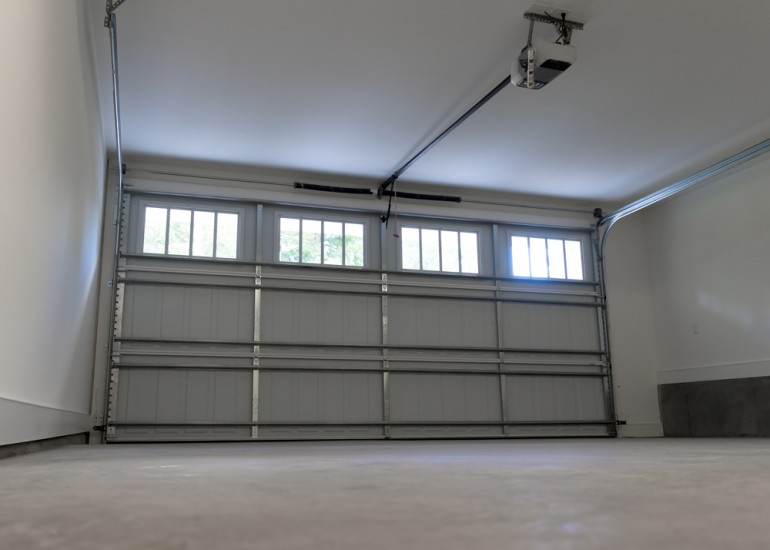How to Resurface Your Concrete Garage Floor with Epoxy
It’s the middle of a cold winter and, if you happen to use your garage as a place to park your car (really?!), the floor’s a mess. With all the snow falls we’ve had so far in Markham and Southern Ontario, your car picks up salt, sand and other road debris in the snow and slush that clings to it as you drive.
Then, after you get home, the heat of your car’s engine raises the temperatures in your garage enough to melt all the snow. And what’s left? All that salt, sand and dirt ends up on your garage floor in a damp pile that doesn’t dry too quickly because it’s sitting on uncoated concrete. Even when it dries, it’s not easy to clean up because it grabs onto the porous surface of the concrete.
Maybe It’s Time to Finally Give Your Garage Floor an Epoxy Coating
You’ve seen the do-it-yourself kits at the hardware store. An epoxy coating for your garage floor seals the concrete makes it easier to clean and it looks great. Epoxy finishes are also a good idea if you intend to use your garage for an added living or working space in your home.
But there are a few things you should know before you jump in, buy the kit and get all ready to coat your floor. Among other questions, you need answers to the following:
What is the porosity of the concrete?
If it is very smooth or has been previously coated with another type of sealant, you may need to use a diamond grinding machine to make it porous enough for the epoxy coat.
Is the floor cracked?
If so, and the cracks are large, they must be cleaned and filled with a sealant.
What will you do with the contents of your garage while you seal the floor?
It can take four to six days to prepare the floor, apply the epoxy and let it fully cure. You may need to find space elsewhere in your home or rent temporary storage.
Should you consider using a professional to do the work?
Depending on your answers to the questions above, it may be worth the added cost and time-savings to have a professional garage floor refinisher do the work for you. And many of them offer temporary storage as one of the services they provide.
Do you want to try a polyurea finish instead of epoxy?
Similar to epoxy, polyurea finishes are increasingly popular. It’s applied in similar ways as epoxy and lasts just as long, but it is far more ‘elastic’, which helps if your floor has a lot of cracks. It also cures faster and is more scratch-resistant than epoxy. The downside? It’s about three times more expensive.
The good news is that, by answering the questions above and doing things like grinding and sealing the cracks in the floor, you’re well on your way to having the job done.
Prepare the Surface of the Floor
To improve the adhesion of the epoxy and avoid the white powdery stuff that appears on the surface of unsealed concrete, you’ll need to give the floor a mild acid bath. The acid opens up the pores of the concrete, giving the epoxy more to grab.
Section the Floor
Especially if you have a two-car garage or larger, it’s wise to section the floor and do one section at a time. You can also start by doing the edging and area around the drain first and then do each of your sections.
Lay it On
While you should spread it evenly, the thicker the coat you apply, the longer the finish will last. Whatever you do, don’t try to ‘stretch’ how much epoxy you have to last for the whole floor.
Whether you go with epoxy or polyuria, you can choose from a wide range of finishes that will last longer than simple paint and make your floor look better too. And it will stand up to all that salt, sand and dirt your car brings into the garage and be easier to clean.
If you’re redoing your garage floor, it might also be a good time to consider a new garage door! Markham Garage Doors offers a wide selection of residential and commercial garage doors. To learn more or get started, call us today and request a quote!

